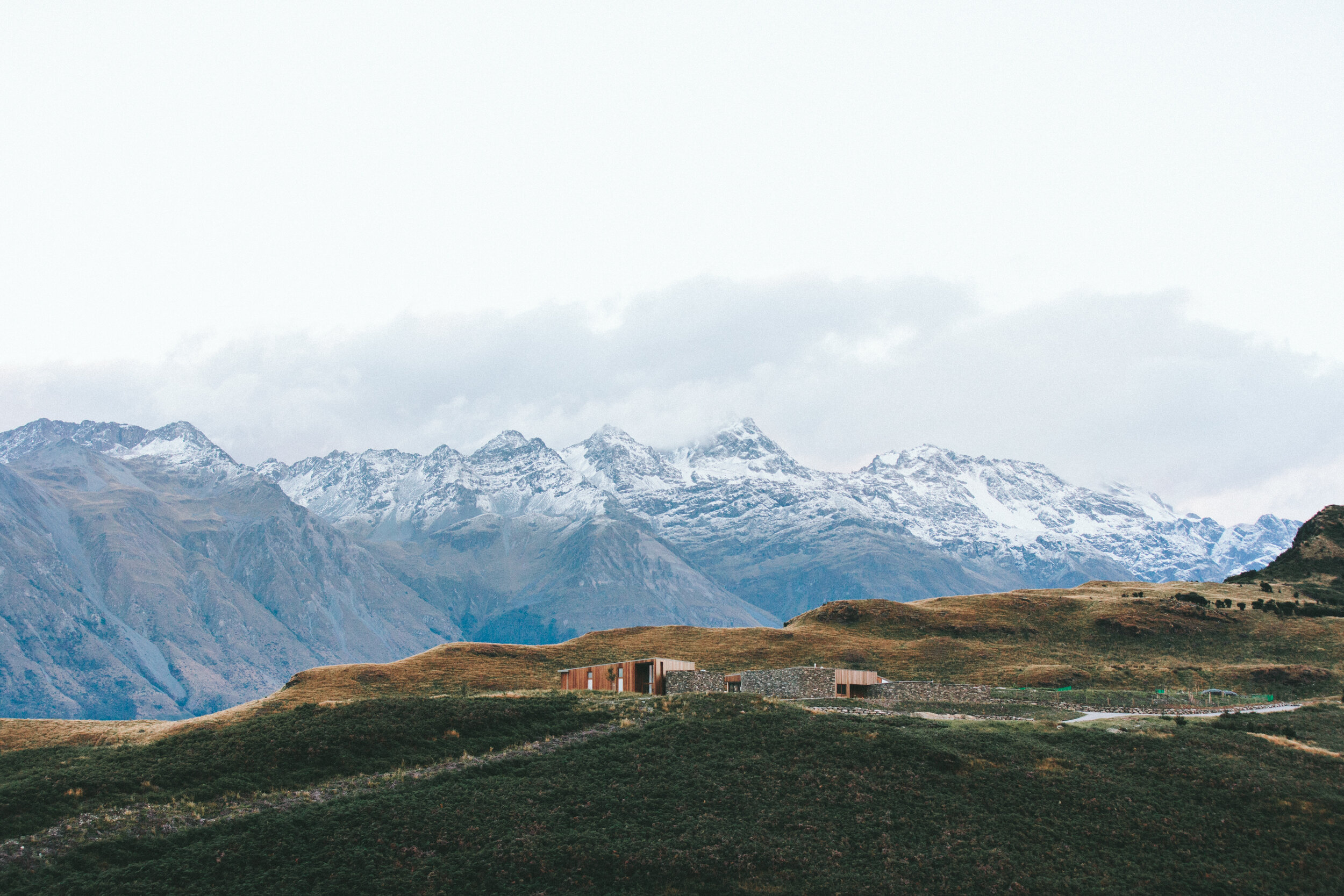A Beginner’s Guide To The Feasts of the LORD

The Appointed Times, Feasts of YHVH
And God said, Let there be lights in the firmament of the heaven to divide the day from the night; and let them be for signs, and for seasons (moedim), and for days, and years: - Genesis 1 : 1 4
-
Hebrew Calendar
When doing a study on the Holy Days (holidays), it is helpful to begin with learning about the Hebrew calendar.
There is a difference in how the LORD commands us to reckon time and seasons.
-
Unleavened Bread
They were to eat unleavened bread for 7 days. There was to be no leaven or products with yeast in the homes during the celebration. This was to commemorate how God brought them out of Egypt in haste. Not giving time for their bread to ferment and rise.
-
Passover
Select a lamb on the 10th, sacrifice it “between the evenings” on the 14th and eat it along with unleavened bread on the night of the 15th. This commemorates the story of the Exodus from Egypt when God delivered the Israelites from the bondage and slavery.
-
First Fruits
They would bind a sheaf (barley), called an omer, and bring it unto the priest as an offering on the day after the Sabbath. The priest would present it as a wave offering to the Lord. Then the field could be harvested, barley eate
-
Pentecost
They were commanded to count 7 sabbaths, or 49 days plus 1. This was a time of preparation of the heart. A renewal of your heart to the Lord. This was also the time that Jesus presented Himself alive to the disciples around 40 days and then had them wait for 10 when the promised Spirit would be given.
-
Trumpets
The Israelites on the beginning of the 7th month were commanded to have a feast of blowing trumpets. Often related with the term Rosh Hashannah, which means the head of the year. This term today refers to the Israelite civil calendar New Year. But Biblically, the New Year is on the First of Aviv (Abib).
-
Yom Kippur
The Day of Atonemen was the most Holy day on the Hebrew calendar. It was a time and fasting, prayer and repentance. It was the day the High Priest would offer a sacrifice for the cleansing on the sanctuary. And the offering of consisting of 2 goats for the atonement of the people.
-
Tabernacles
And then finally the last Feast of the year on the 15th and the most joyous time of the year. 7 days the people live in Booths. This was a celebration for God’s goodness and was the time of year when the fruit of land was to be harvested.
-
Sabbath
At the heart of worship and Holy Days was the idea of rest (sabbath) from your work. It was a time every week where observant Jews would spend time with family in prayer, worship and study of Torah. It was seen as a gift from Hashem, our Creator.